HEMPACKA Custom Logo Child Resistant Vape Cart Packaging Box
In today’s highly competitive market, product packaging is not just a tool for protecting goods; it also plays an essential role in attracting consumers and conveying brand identity. For many businesses, selecting the right packaging box is often a key factor for success. So, why is it so important to choose the right packaging box? This article will explore the various use cases of packaging boxes, the specifications and styles available in the market, and considerations when selecting packaging.
Packaging boxes are widely used across various consumer products, particularly in industries like electronics, food, personal care, and luxury goods. They are commonly used in the following scenarios:
· Electronics: For products like smartphones, headphones, cameras, etc., packaging boxes not only protect the goods but also convey the brand's identity.
· Food and Beverages: From fast food to premium alcoholic beverages, packaging boxes ensure the safety of the products and meet environmental standards.
· Personal Care Products: For products like shampoos, shower gels, skincare items, etc., packaging boxes often serve as an important medium to showcase the brand and attract consumers.
· Gifts and Luxury Goods: Luxury goods packaging boxes protect the products while conveying the unique style and premium positioning of the brand.
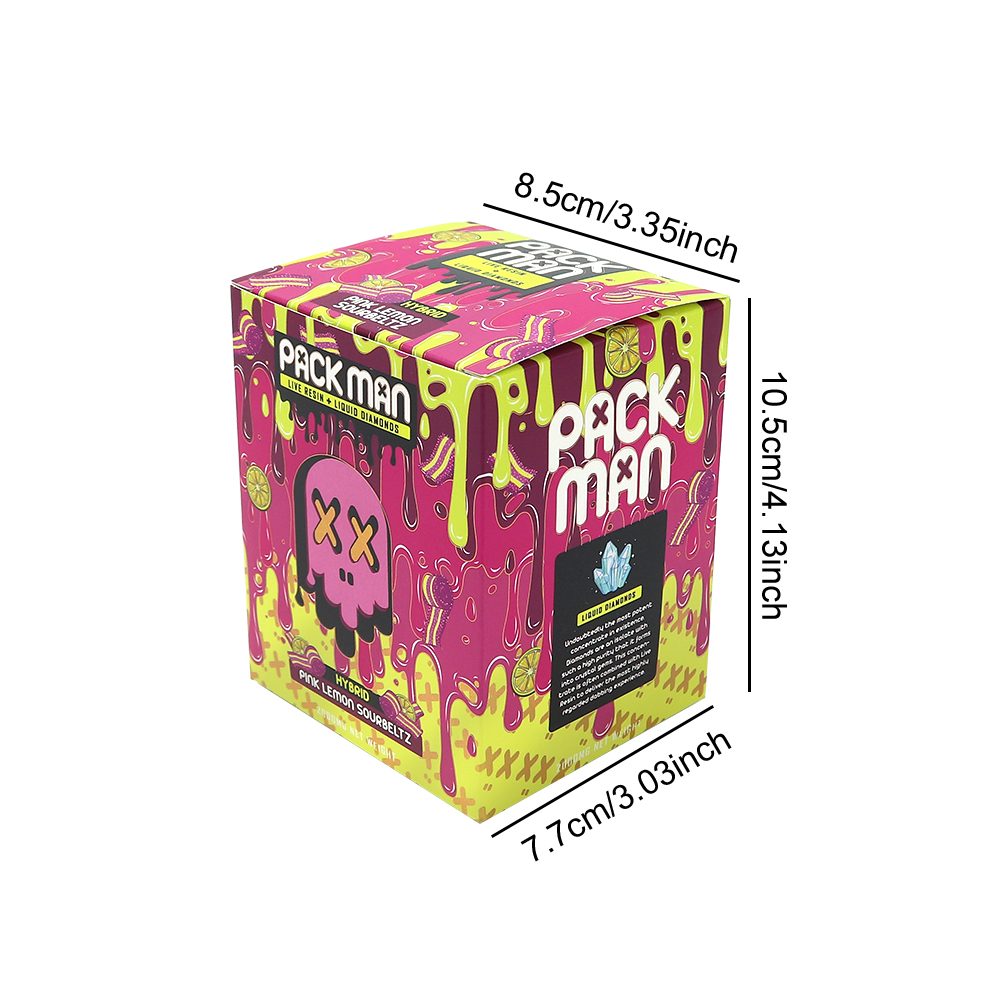
Packaging boxes serve much more than just protective functions; they play a vital role in brand marketing. Specifically, the importance of packaging boxes includes:
· Protection: Packaging boxes effectively prevent damage during transportation and storage, especially for fragile or perishable products, ensuring the product reaches consumers in good condition.
· Brand Identity: Packaging is often the first point of contact between a brand and consumers. An eye-catching and unique packaging box can attract consumer attention, enhancing product recognition in the market.
· Marketing and Differentiation: Innovative packaging design can help differentiate the brand from competitors, improving a product’s competitiveness in its category.
· Environmental Impact: With growing consumer awareness of environmental issues, paper packaging materials can showcase a brand's commitment to sustainability, aligning with the trend toward eco-friendly practices.
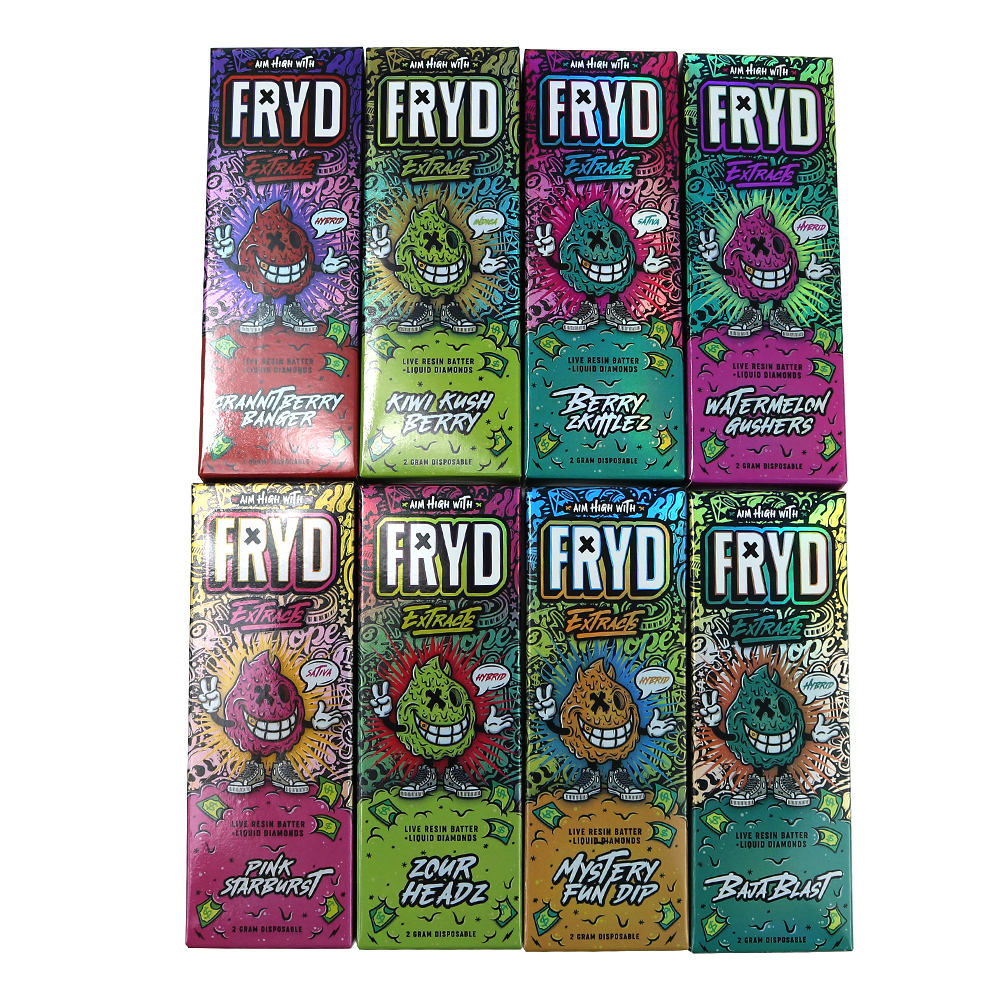
There is a wide variety of packaging boxes available, catering to different products and brand needs. Here are some of the most common types:
· Folding Boxes: The most common type of packaging, often used for medium-sized products like cosmetics, snacks, and small electronics. These boxes are cost-effective, easy to store, and convenient to ship.
· Flip-Top Boxes: Typically used for high-end products like electronics and luxury gifts. The flip-top design provides better visibility and enhances the perceived value of the product.
· Drawer Boxes: Frequently used for jewelry, watches, and other high-end products. The drawer-style box offers a unique opening experience, adding to the premium feel of the product.
· Eco-Friendly Boxes: As the environmental movement gains momentum, many brands are opting for biodegradable, recyclable paper boxes, particularly in the food, organic skincare, and eco-conscious product sectors.
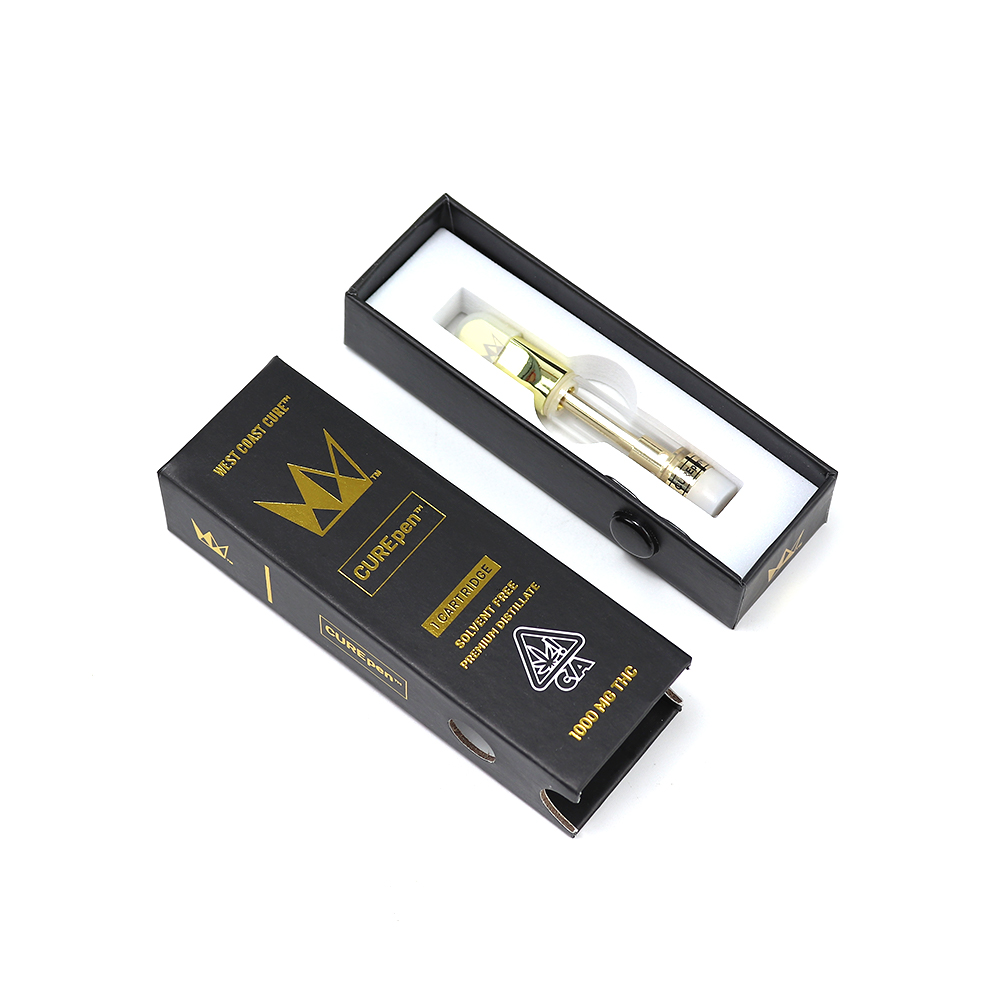
Different types of packaging boxes have their own advantages and disadvantages. When selecting a packaging box, it’s essential to consider the product’s characteristics and brand positioning. Below are the common products each type of box is used for, along with their pros and cons:
o Common Products: Cosmetics, health supplements, small electronics, snacks, etc.
o Pros: Low cost, easy to store and transport, suitable for various medium-sized products.
o Cons: Simple design may not effectively convey a high-end image.
o Common Products: Smartphones, electronics, alcoholic beverages, luxury goods, etc.
o Pros: High-end design, enhances brand image. The opening process provides a sense of ceremony, which improves customer experience.
o Cons: Higher production cost, not suitable for large-sized products.
o Common Products: Jewelry, watches, luxury gifts, collectibles, etc.
o Pros: Elegant appearance, enhances unboxing experience, ideal for high-end products, adds a premium touch.
o Cons: High cost, complex manufacturing process, increased cost.
o Common Products: Organic foods, natural skincare products, eco-conscious products, etc.
o Pros: Aligns with sustainability trends, elevates brand image, suitable for brands with an environmental focus.
o Cons: Slightly higher cost than conventional boxes, requires materials that meet eco-friendly standards.
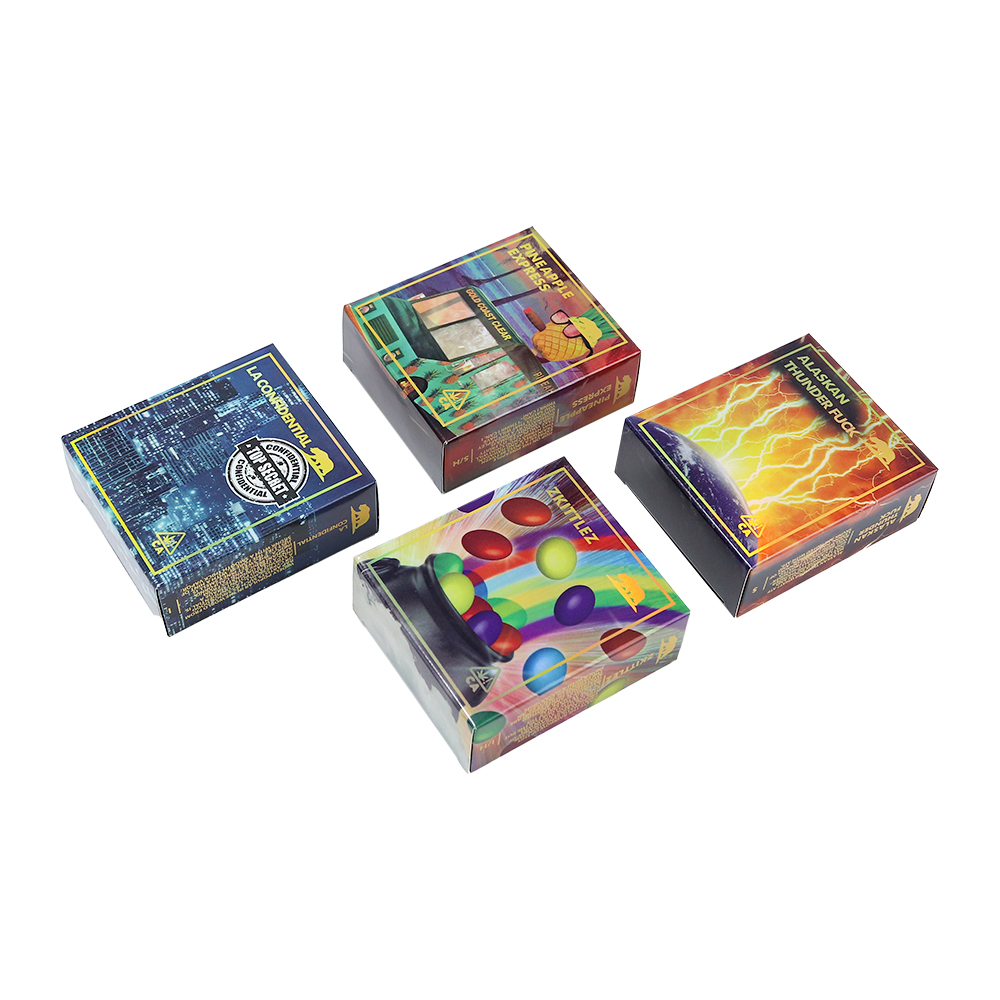
When selecting the appropriate packaging box, there are several factors to keep in mind:
· Product Positioning: High-end products should use premium packaging, while everyday consumer goods can opt for simpler, more practical packaging.
· Material Selection: The material should align with the product’s characteristics. For fragile items, sturdier boxes are necessary; for food items, materials that meet food safety standards are essential.
· Environmental Requirements: As consumers become more eco-conscious, selecting recyclable, biodegradable packaging materials can enhance brand reputation.
· Cost Control: Packaging is a significant cost factor, so balancing cost and effect is crucial based on the budget and the desired impact.
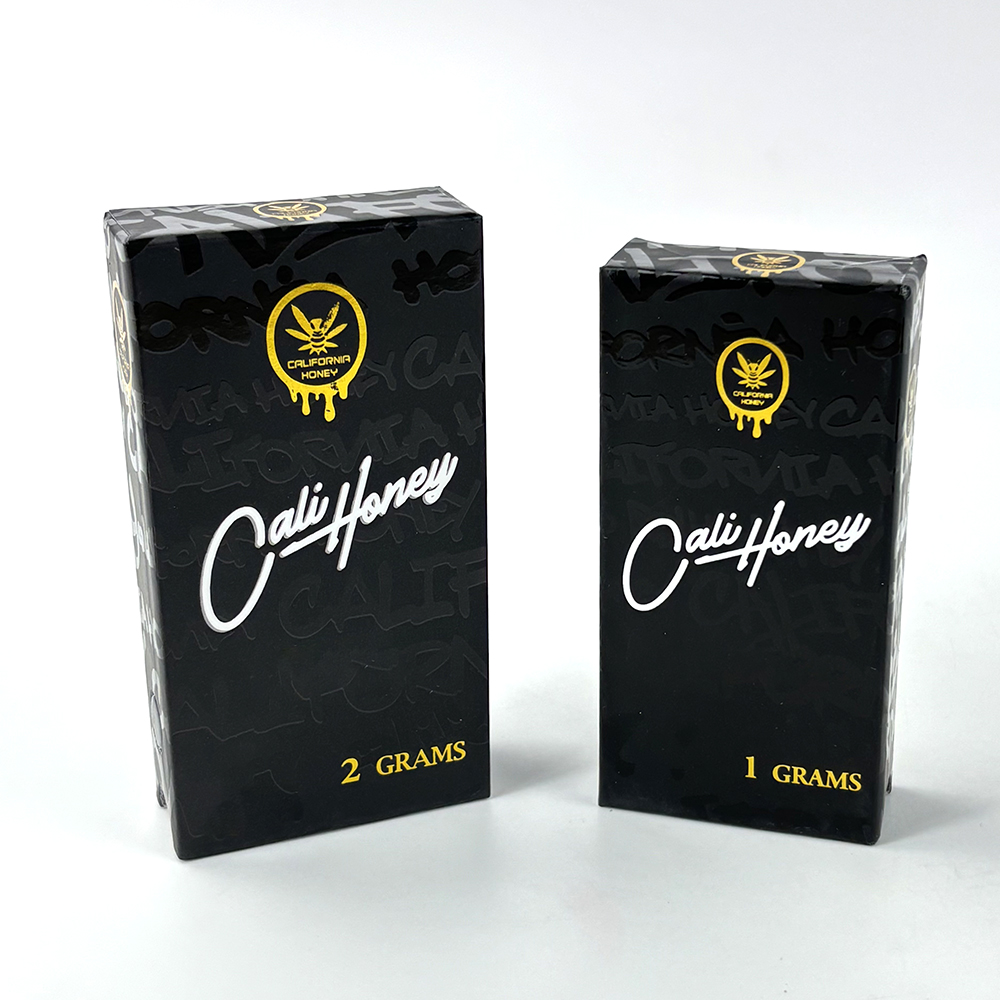
Packaging boxes are more than just a functional tool—they represent a brand’s image, product safety, and competitive edge in the market. Therefore, selecting the right packaging box for your product is crucial. Understanding the advantages and disadvantages of different types of boxes, their common applications, and key considerations will help you make more informed decisions, ensuring your product stands out in the marketplace. With thoughtful design and strategic selection, your product’s packaging can add value, attract consumers, and enhance your brand’s overall appeal.
If you are interested in developing your brand packaging, feel free to message us!

